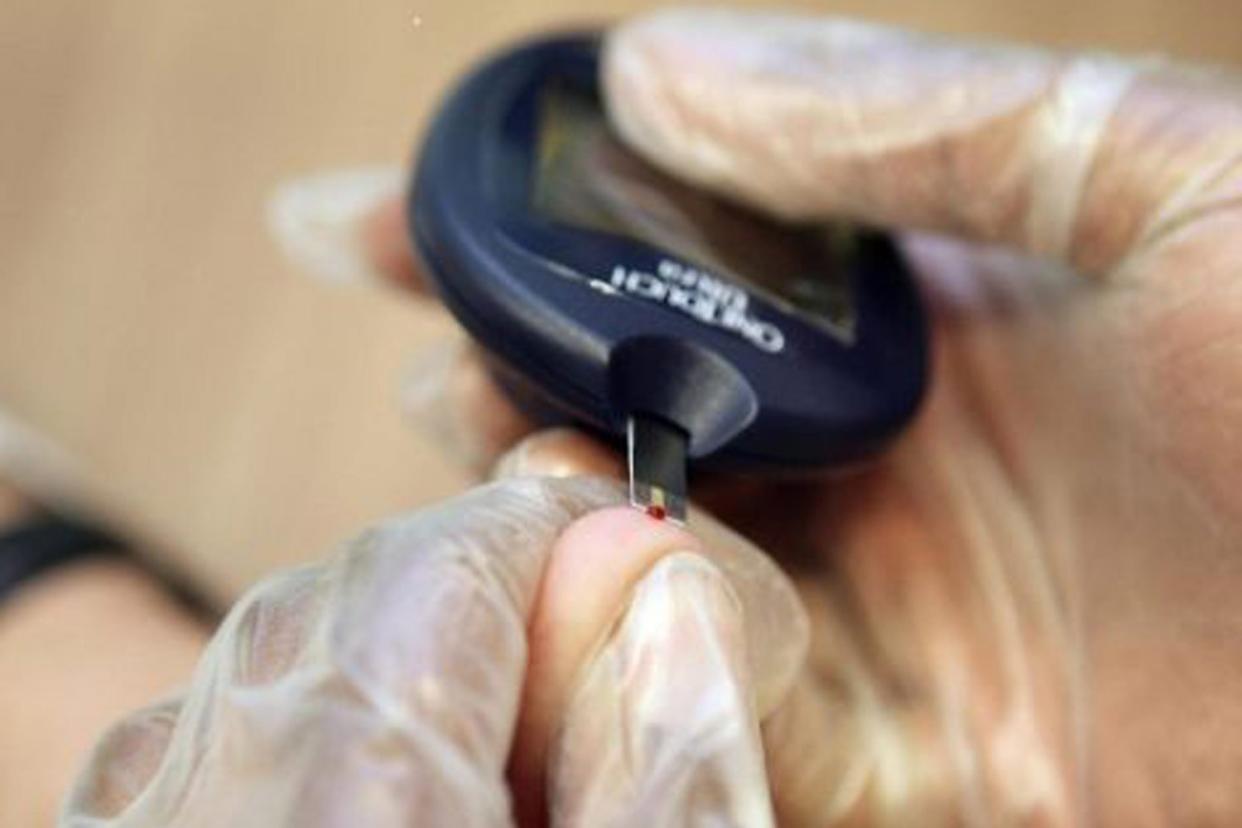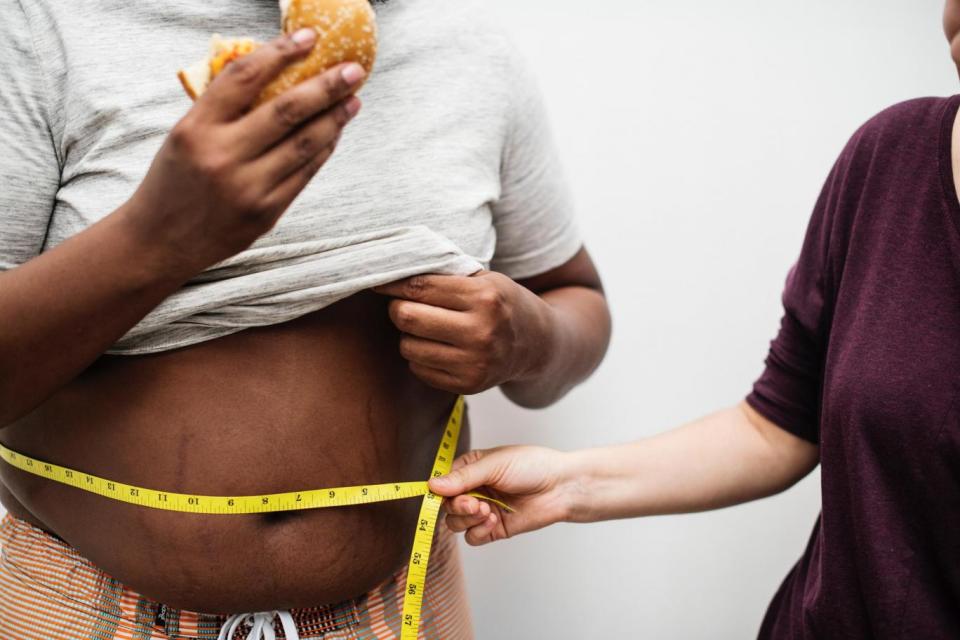World Diabetes Day 2018: When was insulin discovered and how common are type 1 and 2 diabetes?

Diabetes is one of the most talked about health conditions of our time, yet it's estimated that there are around 630,000 people in the UK who have diabetes but have not been diagnosed.
The condition - which means the body cannot produce or does not respond to insulin - is usually treated with insulin pumps, tablets and medication as well as eating a healthy and balanced diet.
In a promising move for the future of diabetes treatment, wearable glucose monitors, like the one worn by Theresa May, will be made available to tens of thousands of people with type 1 diabetes from April 2019 to make it easier to manage their condition.
So what is World Diabetes Day and what's the difference between type 1 and type 2 diabetes? Here's everything you need to know:
What is World Diabetes Day?
World Diabetes Day (WDD) was founded in 1991 by the International Diabetes Federation and the World Health Organisation and became an official United Nations day in 2006.
It's marked every year on November 14, the birthday of Canadian scientist Sir Frederick Banting, who co-discovered insulin along with Charles Best in 1922.
The theme for this World Diabetes Day is Family and Diabetes, to raise awareness of the impact that diabetes has on the family and promote the role of family in the management of diabetes.
What is insulin and when was it discovered?
Insulin is a hormone made in the meta cells of the pancreas.
Its main roles are to regulate or control your blood sugar. When there is enough insulin in the body, it helps to keep your blood sugar from rising too high.
People with diabetes do not make enough insulin or do not respond properly to insulin.
What's the difference between type 1 and type 2 diabetes?

When you have Type 1 diabetes, your body can't produce insulin or can't produce enough of it. This means the body can't fuel itself and will start to use protein and fat stores for energy, sending blood sugar levels dangerously high.
If you have Type 1 diabetes, you must take insulin either by injection or insulin pump.
Type 2 diabetes means the muscle, fat and liver cells do not respond properly to insulin and they can't easily absorb glucose from the bloodstream.
Whereas Type 2 is linked to obesity and overall poor health, Type 1 has nothing to do with lifestyle choices and is neither preventable nor reversible.
How is diabetes treated?
For Type 1 diabetes, you will need to take insulin by injecting yourself into the skin or administering it through a portable pump.
If you are diagnosed with Type 2 diabetes, you will usually be offered metformin tablets first, which help reduce the amount of sugar your liver releases into your blood. You will also be encouraged to maintain a healthy diet.
How common is diabetes?
Almost 3.7 million people have been diagnosed with diabetes in the UK, according to figures from Diabetes UK.
Of those, around 10 per cent have Type 1 and around 90 per cent have Type 2.
As a result of the ongoing obesity crisis, more people than ever before are at risk of type 2 diabetes. Diabetes UK warns that if nothing changes, more than five million people will have diabetes in the UK by 2025.
Does Theresa May have diabetes?

Theresa May was diagnosed with Type 1 diabetes in 2012 but said living with the condition does not disrupt her schedule.
"The fact is that you can still do whatever you want to do," she said. "For example, on a holiday my husband and I do quite a lot of strenuous walking up mountains in Switzerland, and it doesn't stop me doing it."
She added: "I can still do things like that and can still do the job."
Other celebrities with diabetes include Nick Jonas, Tom Hanks and Star Wars creator George Lucas.

 Yahoo News
Yahoo News 
